Dhaka, Oct 7 (V7N) — The frequency and intensity of lightning strikes across Bangladesh are likely to increase in the coming years due to ongoing climate change, a senior meteorologist has warned. Dr. Md. Abdul Mannan, a prominent weather and climate expert, told the state-run news agency BSS on Monday that rural communities are at the highest risk because of inadequate early warning systems and limited protective infrastructure.
“People in rural and remote areas who work outdoors, such as farmers and fishermen, are particularly vulnerable,” Dr. Mannan said. “Due to limited access to safety shelters and alert systems, these populations face greater exposure to deadly lightning events.”
According to him, Bangladesh is becoming increasingly prone to lightning-related disasters as climate patterns shift. At least eight people were killed by lightning strikes across four districts on Sunday, highlighting the growing threat.
Dr. Mannan warned that thunderstorm activity is expected to rise further ahead of the upcoming monsoon season. Areas that previously experienced few lightning incidents may now see frequent occurrences. “Bangladesh is one of the most lightning-prone countries in the world,” he said, noting that the trend is closely linked to global climate change. Rising global temperatures are intensifying lightning activity both in scale and severity, he added.
Citing several scientific studies, Dr. Mannan explained that the increase in lightning is directly tied to global warming. Research predicts that during Bangladesh’s pre-monsoon season, Convective Available Potential Energy (CAPE) — a key indicator of atmospheric instability — could rise by as much as 45 percent, significantly elevating the risk of severe lightning. He also pointed out that deteriorating air quality and rising regional pollution levels may be contributing to the surge in lightning frequency.
A recent regional study found that Bangladesh has the highest lightning-related death rate per square kilometer in South Asia. According to the Bangladesh Meteorological Department, an average of 300 people die from lightning strikes each year, with the highest fatalities recorded in Sunamganj, Netrakona, and Sylhet districts.
From 2016 to 2023, data show that Bangladesh experienced around 120 lightning strikes per square kilometer annually — one-third of which made direct contact with the ground. Experts warn that without urgent investments in public awareness, rural safety shelters, and real-time early warning technology, the country could face an even deadlier surge in lightning disasters in the near future.
END/V7N/SMA/



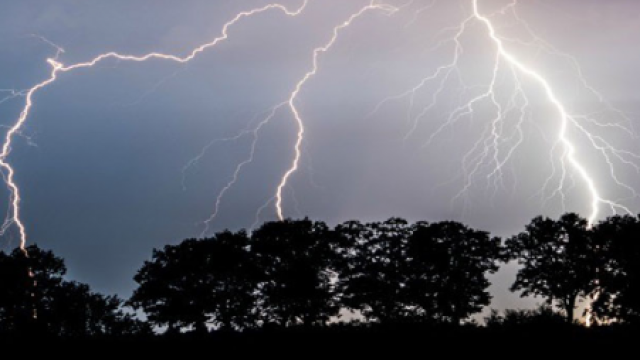


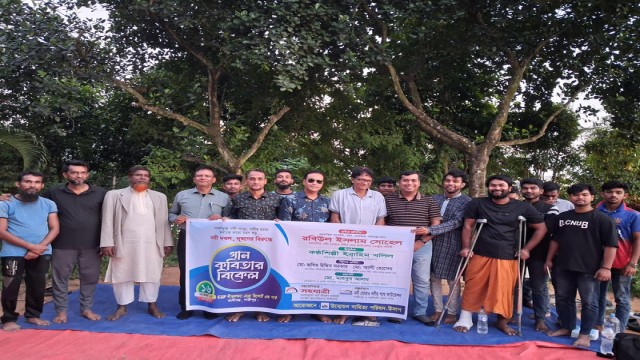
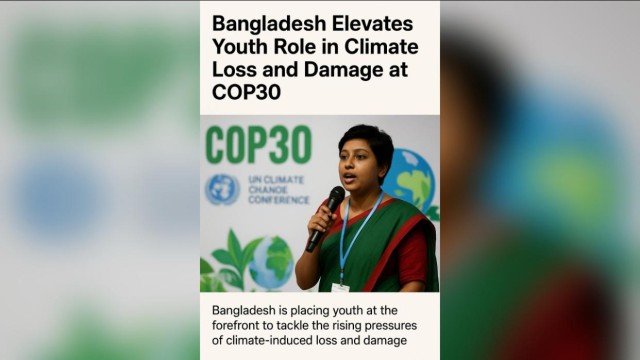
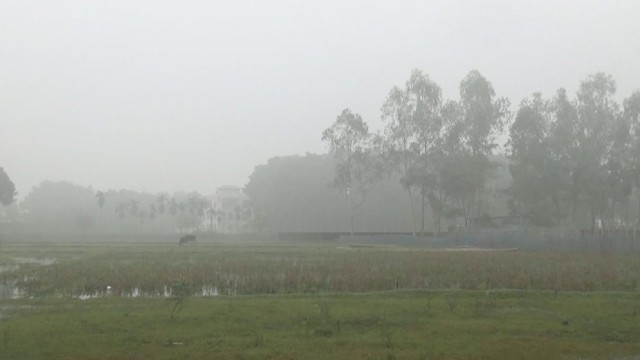
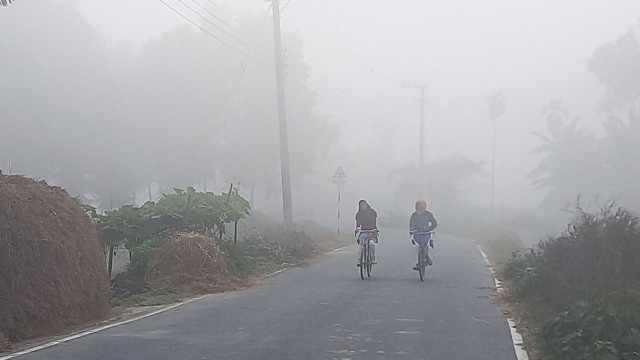


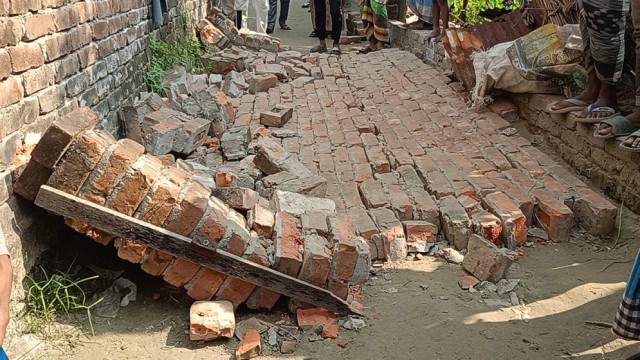

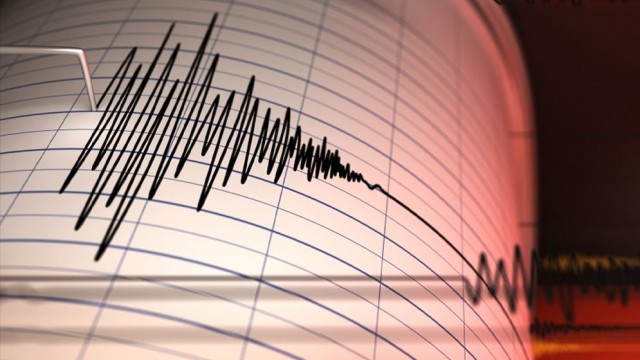







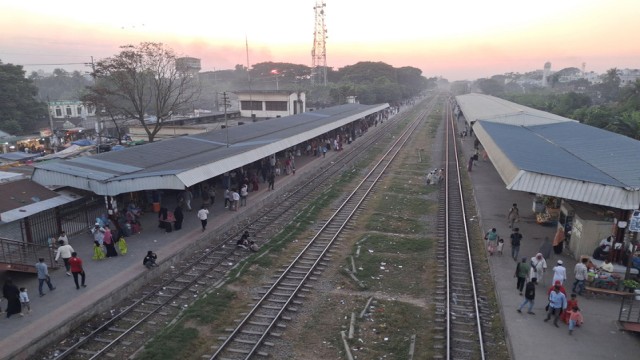


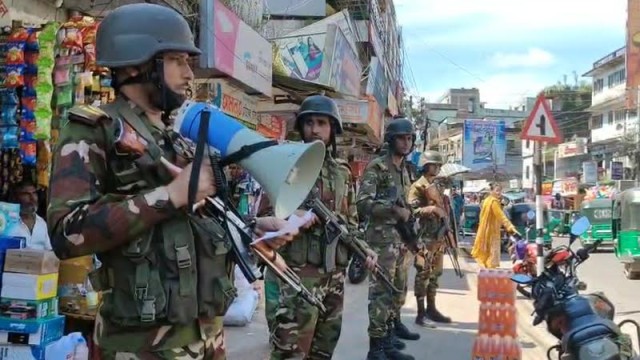
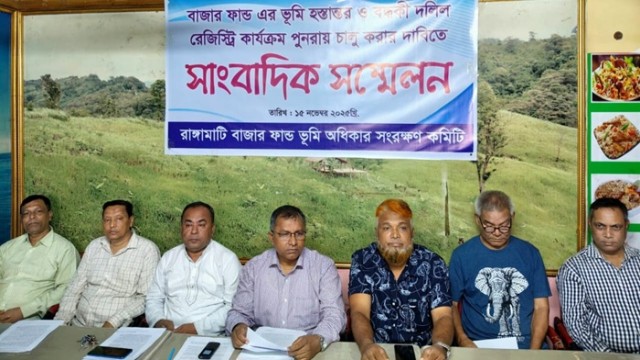
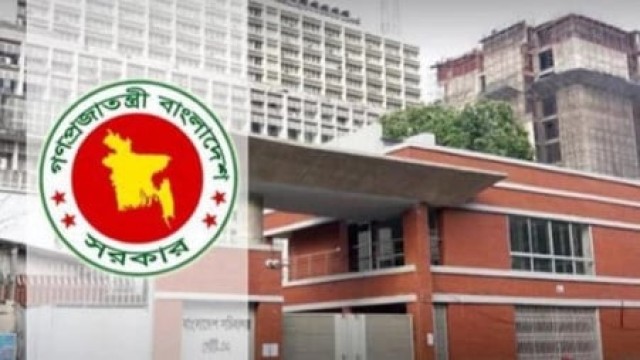



Comment: